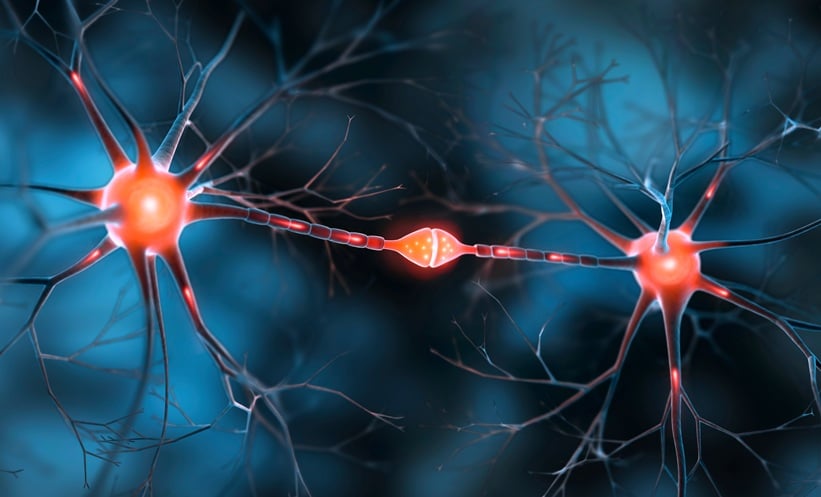A RECENT network meta-analysis suggests that GLP-1 receptor agonists (GLP-1 RAs) may reduce fracture risk and improve bone density in patients with Type 2 diabetes mellitus (T2D), highlighting a potential role in managing diabetic osteopathy.
Bone Health Risks Persist Despite Normal Density
Diabetic osteopathy is a skeletal complication of T2DM marked by increased fracture risk, even when bone mineral density (BMD) appears normal. This paradox suggests that bone quality, rather than quantity, is impaired in diabetes. While GLP-1 RAs are widely used for glycaemic control and cardiovascular benefit in T2D, their impact on skeletal outcomes has remained underexplored. This comprehensive network meta-analysis addressed this gap, systematically evaluating how GLP-1 RAs influence bone health markers and fracture incidence across a large population.
GLP-1 RAs Improve BMD and Bone Turnover
The analysis included 33 randomised controlled trials with over 33,000 participants. Results showed that GLP-1 RAs improved BMD at key sites: lumbar spine (0.052 g/cm²), total hip (0.047 g/cm²), and femoral neck (0.072 g/cm²). Additionally, GLP-1 RAs reduced bone resorption, reflected by decreased β-CTX levels (SMD -0.36), while increasing bone formation markers. These dual effects suggest a normalisation of the imbalanced bone remodelling observed in diabetic osteopathy. However, BMD improvements in trials under 52 weeks should be interpreted cautiously due to standard clinical densitometry limitations.
Lower Fracture Risk Suggests Dual Benefit
Long-term GLP-1 RA therapy was associated with a 20% reduction in fracture risk (relative risk: 0.80). The extent of benefit appeared to vary based on treatment duration, agent type, and patient characteristics, emphasising the potential for tailored approaches. With fracture risk being a contributor to morbidity in T2D, these findings support GLP-1 RAs as promising agents that may address both metabolic and skeletal aspects of the disease.
GLP-1 RAs show potential to improve bone health and reduce fractures in T2DM patients. Further research is needed to confirm bone-specific effects, particularly for newer agents and patient subgroups.
Reference
Alalwani YJ et al. Differential effects of GLP-1 receptor agonists on diabetic osteopathy in type 2 diabetes: a patient-stratified network meta-analysis. BMC Musculoskelet Disord. 2025;26(1):742.








